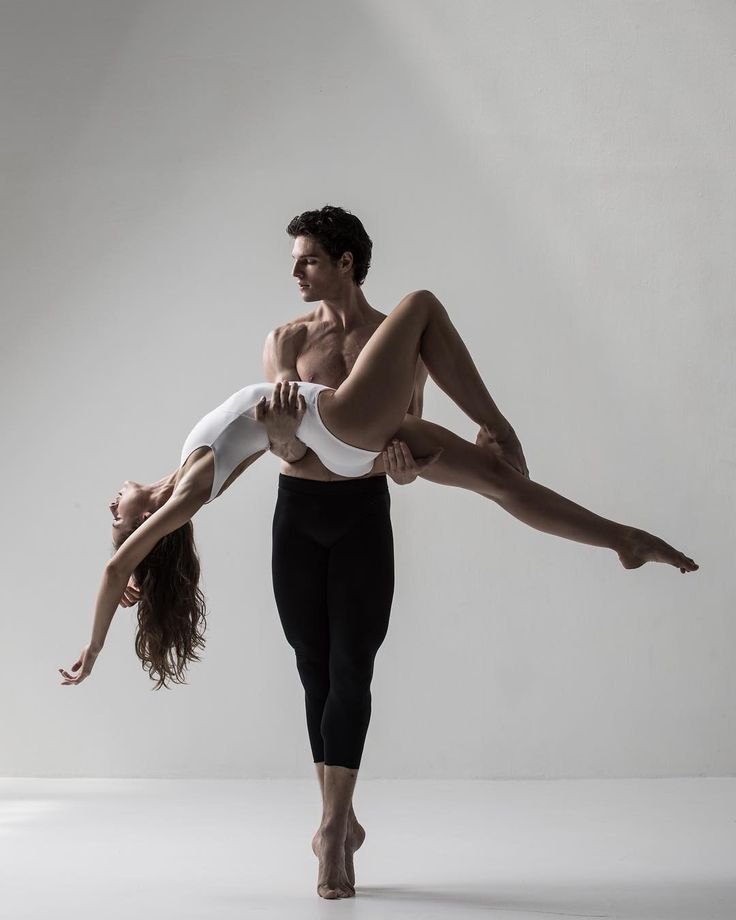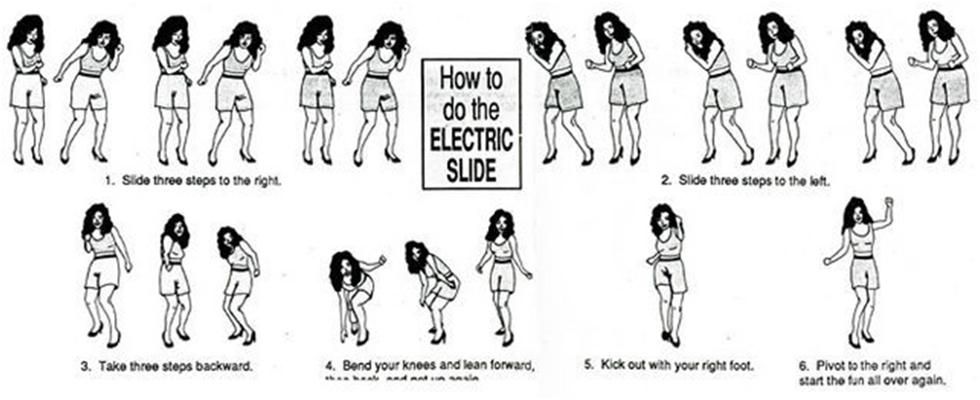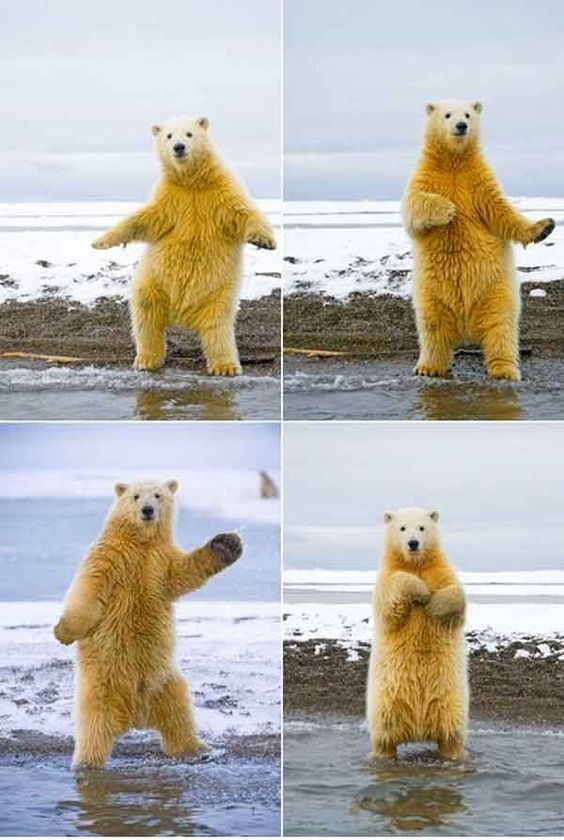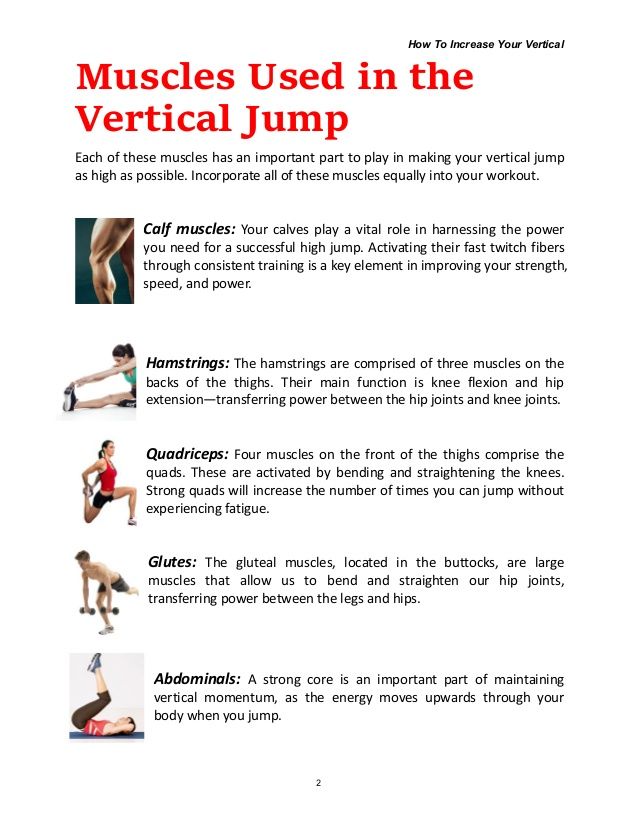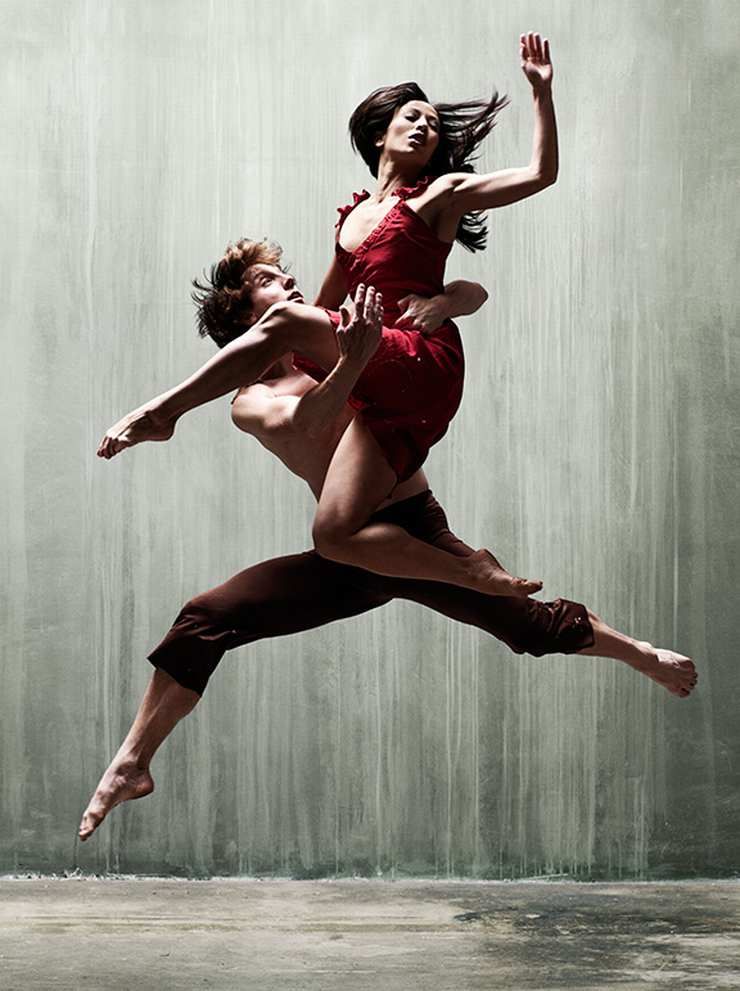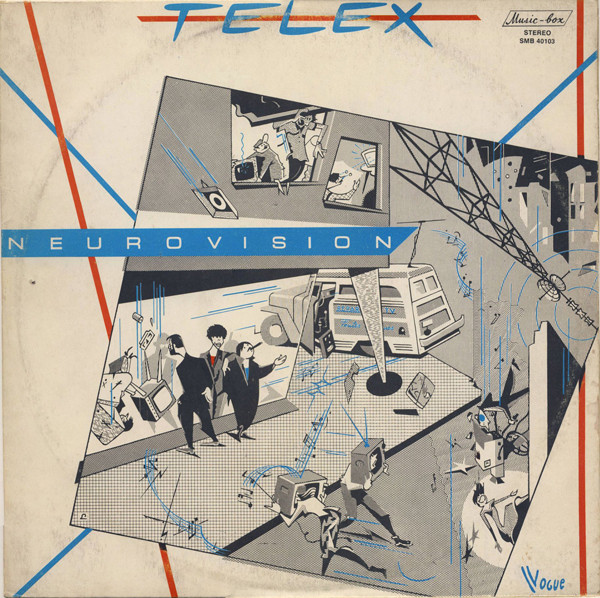How to dance vosho
South Africa's Vosho Dance Movements (information, videos, & comments)
Edited by Azizi Powell
This pancocojams post provides information about South African's "vosho" dance movements.
This post also showcases videos of South Africans performing vosho movements. Selected comments from the discussion thread of one of these videos are also included in this post.
The content of their post is presented for cultural, entertainment, and aesthetic purposes.
All copyrights remain with their owners.
Thanks to all those who are quoted in this post and/or who are featured in this videos. Thanks also to the publishers of these videos on YouTube.
-snip-
Click https://pancocojams.blogspot.com/2020/05/youtube-video-pitoris-amapiano-vs_20.html for a closely related pancocojams post entitled "YouTube Video "Pitori's Amapiano vs Durban Gqom Dance" (with selected comments from this video's discussion thread)."
****
INFORMATION ABOUT VOSHO DANCE MOVEMENTS
Excerpt #1
From https://www. enca.com/life/watch-can-you-do-the-head-vosho WATCH: Can you do the head vosho?, Thursday 22 March 2018 -
"JOHANNESBURG – The popularised dance called the ‘vosho’ can be described as a South African dance that involves squatting and kicking at the same time.
The dance move has evolved into the ‘head vosho’, where instead of squatting and kicking you extend your arms and you lean your head forward to the rhythm."
-snip-
This article includes some videos of head vosho.
****
Excerpt #2 [article about a contemporary South African dance that includes vosho movements]
From https://en.wikipedia.org/wiki/Gqom
"Gqom
Stylistic origins: House, kwaito, techno
Cultural origins: Early 2010s, Durban, KwaZulu-Natal, South Africa
Gqom is a genre of electronic dance music that emerged in the early 2010s from Durban, South Africa.[1] It developed out of South African house music, kwaito and techno.[2] Unlike other South African electronic music, gqom is typified by minimal, raw and repetitive sound with heavy bass beats but without the four-on-the-floor rhythm pattern. [1]
[1]
[...]
Name and characteristics
The word gqom derives from an onomatopoeic combination of click consonants in the isiZulu and isiXhosa meaning a hitting drum. It is also expressed as qgom, igqom, gqomu or variants thereof.[5][6]
Gqom is known for its beats which have a minimal, raw and repetitive sound with heavy bass. It is mainly described as having a dark and hypnotic club sound. The style of beats does not use the four-on-the-flour rhythm pattern which is often heard in other house music.[1] Typical lyrical themes include nightlife. It often uses one phrase or a few lines which are repeated numerous times in the song.
Dance moves
Gqom music is associated with a number of distinctive dance moves, including gwara gwara, vosho and bhenga.[9]
Gwara gwara is performed by rolling and swinging the arm and the elbow in terms of making a circle, and one of the leg moves in connection with the arm's rhythm. It has some similarities to the Stanky Leg.[10] The dance move created by disc jockey and producer DJ Bongz, was heavily imitated by South Africans and other African people mainly during 2016.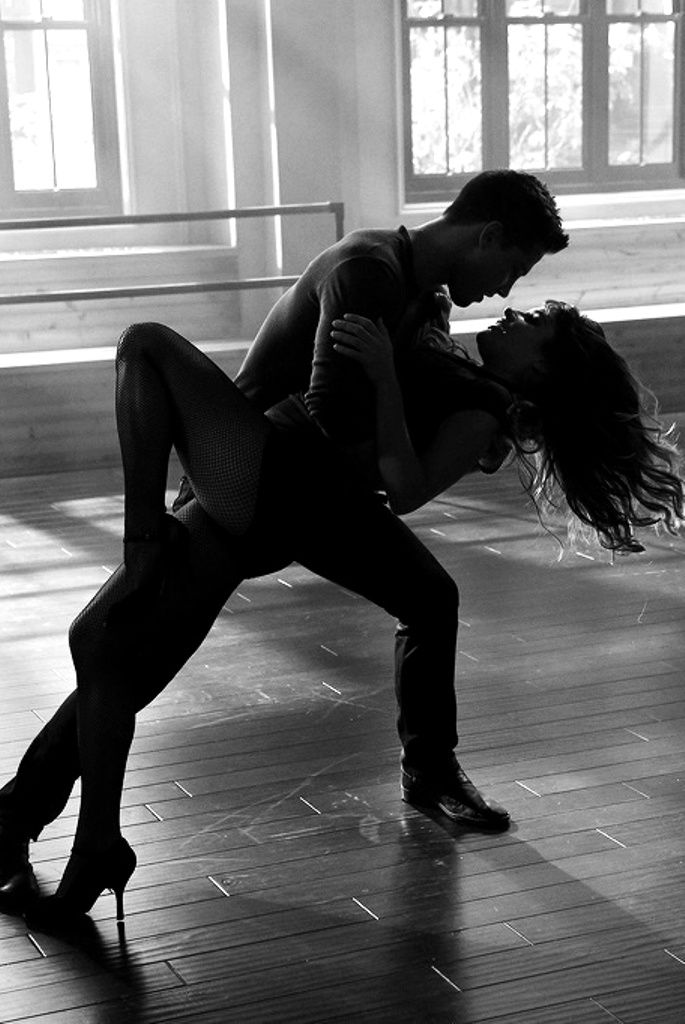 [11][12] It also received widespread globally as the choreography was adopted by notable musicians: Rihanna performed the dance move while performing Wild Thoughts at the 60th Annual Grammy Awards in 2018. Childish Gambino performed the dance in the video of his song "This Is America".[13][14]"
[11][12] It also received widespread globally as the choreography was adopted by notable musicians: Rihanna performed the dance move while performing Wild Thoughts at the 60th Annual Grammy Awards in 2018. Childish Gambino performed the dance in the video of his song "This Is America".[13][14]"
****
Excerpt #3
From https://repository.upenn.edu/cgi/viewcontent.cgi?article=5106&context=edissertations Soweto, The “storybook Place”: Tourism And
Feeling In A South African Township, Sarah Marie Kgagudi [dissertation], 2019
...South African house dance is characterized by bent legs moving rapidly back and forth, the top half of the body swaying back and forth in half the speed of the leg movements, and arms performing a series of movements such as bent arms with the elbows pushed back and one arm (often the left) moving forward and backwards perpendicular to the waist. A repertoire of specific house dance moves emerging from hit songs such as ‘sika lekhekhe,’ ‘gwaragwara,’ or ‘vosho’ are also inserted into this basic framework of house dance. In tandem with these dance moves, appropriate placements of whistling or verbal expression
In tandem with these dance moves, appropriate placements of whistling or verbal expression
of ‘woza,’ ‘hayibo,’ or a repetition of a syllable such as ‘ye,’ ‘ayi,’ or ‘hey’ over and over in descending tone until the last syllable which jumps up in a sort of shout are also signs of musical expertise."
****
SHOWCASE VIDEOS
Video #1: TOP 5 VOSHO DANCE [Compilation]
Ako Ideal Media, Jun 10, 2019
****
Video #2: How To Vosho "South African Dance" (Dance Tutorial) | Chop Daily
Chop Daily, May 25, 2018
****
Video #3: Sho Madjozi - John Cena | A COLORS SHOW
COLORS, Aug 15, 2019
-snip-
Sho Madjozi says "Haibo! Haibo!" and then she does the vosho dance move (squatting down and kicking up one foot). Madjozi then says "It's too much". [This portion begins around 2:56 in that Colors video.]
****
Video #4: Kwapata 01
Sizwe Ngcobo, Sep 7, 2016
Vosho in PMB
Song: Isgubhu Sam
Artist: Ronald Lowe
-snip-
PMB= Pietermaritzburg is the capital and second-largest city in the province of KwaZulu-Natal, South Africa
https://en.wikipedia.org/wiki/Pietermaritzburg
Kwapata is the name of a secondary school and a high school in PMB, South Africa.
-snip-
Here are some comments from this video's discussion thread (with numbers added for referencing purposes only)
1. Trivis Tab, 2019
"Africa.... the mother of dances ..."
**
REPLY
2.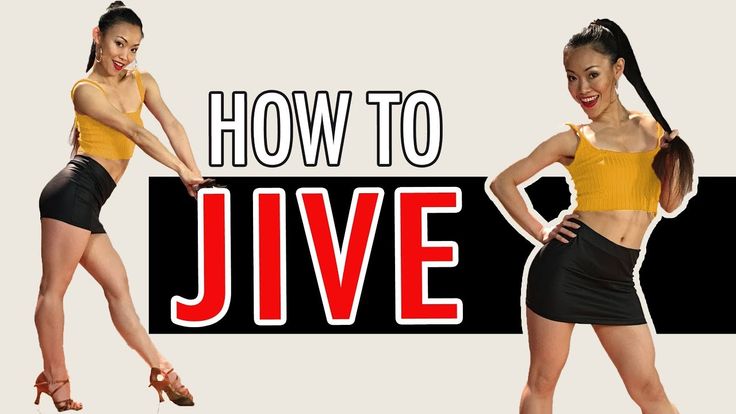 Larrypint, 2019
Larrypint, 2019
"0:30 that looks like traditional russian dance"
**
REPLY
3. lolololololo lololololololol, 2019
"@Larrypint lol Tsonga people have done that dance for over two thousand years pipe down mate"
**
REPLY
4. Larrypint, 2019
"@lolololololo lololololololol any proof?"
**
REPLY
5. lolololololo lololololololol, 2019
"@Larrypint mate ask any Tsonga people or go to south Africa and ask you can even ask your fellow whites who live among or close to Tsonga people or any traditional south African historian mate also that dance was also done in Turkey before Russia so claiming it to be Russian is funny"
**
REPLY
6. Larrypint, 2019
"@lolololololo lololololololol I was asking for a proof. I can show you 400 years old Russian literature talking about these traditional dance. Turkey? It doesn't exist 500 years ago."
**
REPLY
7. 3rd Eye, 2019
"@Larrypint Nah that dance came from Africa. Africa is the oldest continent. Nice try though slav"
Nice try though slav"
**
REPLY
8. 3rd Eye, 2019
"@Larrypint Africa is the mother of Russia too. So mother russia is really daughter russia 😄"
****
Thanks for visiting pancocojams.
Visitor comments are welcome.
The dance app that helps assess Parkinson’s
Digital health
Mobile app based on South African Vosho craze repurposed to tackle debilitating disease
The Patana AI app is used to assess the body movements of a man in a Bulawayo nursing homeNeil Munshi
Jump to comments sectionPrint this page
Receive free Digital health updates
We’ll send you a myFT Daily Digest email rounding up the latest Digital health news every morning.
A few years ago a dance craze called the Vosho swept South Africa. The dance involves variations on a hop, a kick, a drop and a pop — hop on your left foot, kick out your right, drop your backside into a crouch and pop back up. Not for the weak-kneed, it is both endlessly adaptable and quite specific — you know a good one when you see one.
Not for the weak-kneed, it is both endlessly adaptable and quite specific — you know a good one when you see one.
Babusi Nyoni, a developer and designer, saw in the dance an opportunity to test a new machine learning model called Tensorflow — which was released by the Google Brain deep learning artificial intelligence unit — that can estimate and judge a body’s movements.
In December 2018, he and his team at Triple Black, the Amsterdam-based agency he co-founded, released Vosho Fo’sho, a mobile app that judges users’ ability to perform the perfect Vosho.
“The intention was just to take something that was fresh off the shelf — the latest in the trend of computer vision — and put it in the most unexpected space, and have it have this context that the creators of that technology would never have envisioned,” says Nyoni, 32.
Nyoni soon realised he could take it somewhere even more unexpected and, he says, meaningful — a home for the elderly in his hometown Bulawayo in Zimbabwe.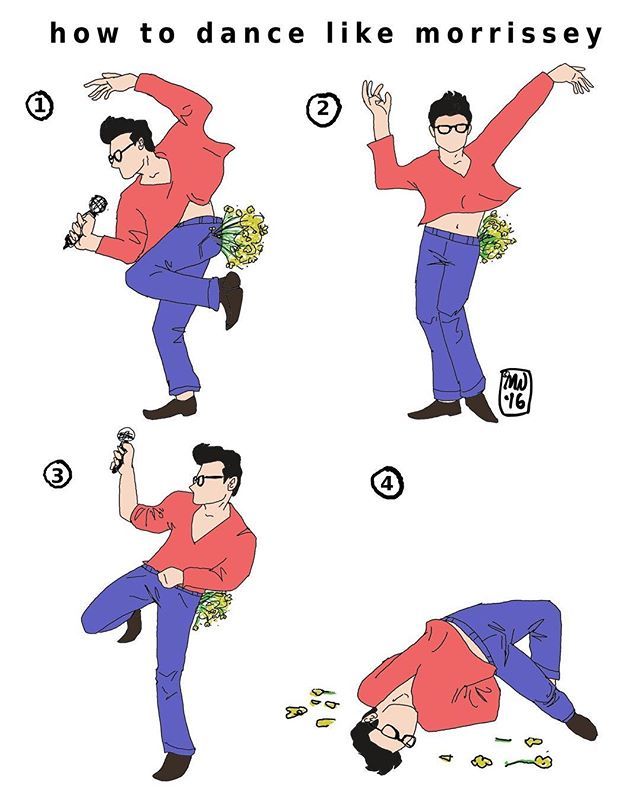 The Vosho app was, at its core, an assessment of movement over time, which is the kind of assessment necessary to diagnose Parkinson’s disease.
The Vosho app was, at its core, an assessment of movement over time, which is the kind of assessment necessary to diagnose Parkinson’s disease.
“The idea behind that was: ‘How can we build this world-first application through an African lens?’” he says. “I’m building the tech. I’m going to do the research in a small city in Zimbabwe. We’re going to build this for black health practitioners, for black patients and then in a sense . . . reverse engineer it to the rest of the world.
“Everything else is done with the west first and then [applied to Africa],” he adds. “So it was a very deliberate act of Africa-first innovation.”
Nyoni presented a prototype of his Parkinson’s diagnosis app at a conference at Oxford university in April last year, but then got caught up in another AI project he had launched — a Facebook Messenger chatbot that answers medical questions (see box below).
In January, Nyoni refocused on the Parkinson’s app, called Patana AI, partnering with the Ekuphumuleni Geriatric Nursing Home in Bulawayo.
The app launched in March in a small pilot phase, as Nyoni and his team collect data and feedback on usability and the performance of the AI tech. It is designed to work on the low-end smartphones that are common across Africa, so that users can simply point and shoot in order to perform the assessment.
Nyoni has a history of turning seemingly trivial technology toward more meaningful use. In 2016, while working at an advertising agency in Cape Town, he developed a custom AI football commentator for the brewer Heineken, which was deployed during that year’s Uefa Champions League. The algorithm collected football-related tweets from around the world and converted them into language that allowed a Twitter bot to banter with fans about the sport in a natural way.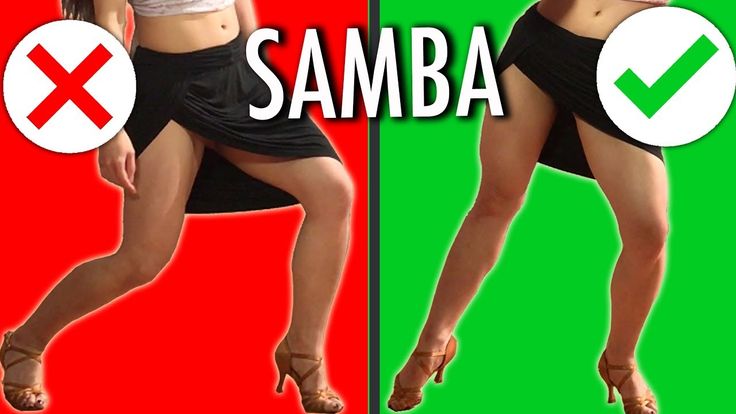
But Nyoni then realised that he could repurpose it to predict forced migration patterns across Africa. His team removed the football banter and plugged in information including population growth, food production, extreme weather and gross domestic product changes.
The results revealed patterns showing when countries had reached tipping points that led to mass migration in the past — and, crucially, can help to predict under what conditions countries might reach those points in the future.
That project led to a partnership with UNHCR, the UN Refugee Agency, trying to predict the movements of displaced people in Somalia. However, the project hit a snag when they realised the available data was too limited to provide insight into how or when people might move.
Then the project team discovered that people sell their goats — a key vessel of wealth in rural Somalia — when they are preparing to move, which sends prices down. Those types of unorthodox data points are now included in the system, which provides for a more complete picture of potential mass displacements.
Nyoni says his ability to tap into innovative solutions is borne of his impoverished upbringing in an economically devastated Zimbabwe.
“Growing up in an environment where you have to always constantly be solving in some way or another, just to improve the quality of your life, is something that I guess prepared me for that moment where I could look at what I built and then imagine the use case for it that would be much more impactful than a dance move assessment or a football commentator.”
How small talk made a big difference
Babusi Nyoni’s biggest success so far is Sis Joyce, a Facebook Messenger chatbot that answers medical questions. It was purpose built for a chat app because many young Africans use them to communicate.
“Africa has some of the worst healthcare in the world, and there are opportunities for tech to plug some of the gaps that governments fail to,” Nyoni says. “But Africa also has some of the most expensive internet in the world. What it means is that innovations have to leverage existing behaviours as opposed to creating new ones — don’t try and invent an app culture where there isn’t one, because there isn’t one for a reason.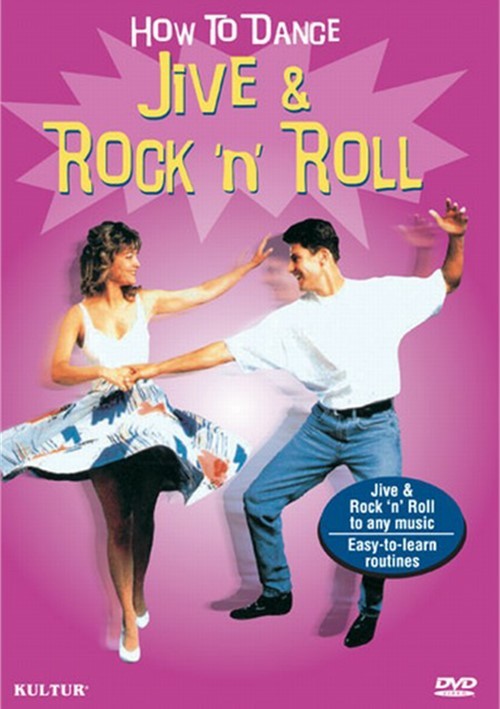 ”
”
Coronavirus-related messages to Sis Joyce have jumped in recent months, prompting Nyoni to partner with the city of Bulawayo to provide users with real-time data and health trends, as well as a resource centre to address citizens’ Covid-19 questions.
Sis Joyce is based on a natural language processing model trained on 800,000 doctor-patient transcripts. It was rolled out in eight African countries last year but one problem was that the model was not trained on social interactions.
Nyoni added a second layer of natural language that could both engage in small talk and answer simple questions such as “what is a CAT scan?”. Sis Joyce is now growing in the US, even though it has not been promoted there.
Copyright The Financial Times Limited 2022. All rights reserved.Reuse this content (opens in new window) CommentsJump to comments section
Follow the topics in this article
- Digital health
- Disease control and prevention
- Technology
- Neil Munshi
Dancing - DK Voskhod
Dance direction
Published
was founded in September 2017 on the basis of MBOU secondary school 4, since 2020 it has become a creative
formation of the House of Culture "Voskhod".
The team repeatedly received the title of Laureate at the All-Russian and International
competitions.
The team has performances not only in Moscow and the Moscow region, but also in
other cities of Russia.
Children from 7 to 16 years old are involved in the team.
The main direction is street dance.
However, the band members do not stand still and master other modern trends
: variety dance, contemporary, jazz funk.
The program of classes includes:
• physical training,
• stretching,
• working out new elements
Children regularly participate in master classes from famous choreographers of Russia and the world!
Head Alexandra Sergeevna Pakholkina.
Posted
Jazz dance
This dance direction of extraordinary beauty impresses
with its sincerity and apparent simplicity.
The main difficulty in modern jazz - as well as the most interesting thing in mastering it
- is that it
largely opposes the laws of classical choreography, while at the same time being its
logical continuation!
BUT this is by no means a denial, but just an option! Violating the rules
of gravity, which is possible only in modern jazz, we comprehend
the laws of classical dance. No wonder the world's greatest ballerinas are not
No wonder the world's greatest ballerinas are not
shied away from performing original numbers in this style - remember Maya
Plisetskaya!
The roots of this direction should be sought in the dance culture of
African Americans. Improvisation, inherent in the very nature of Afro-jazz,
receives its logical continuation in modern jazz and reaches
a certain round of historical development.
Clarity of lines, completeness of movements, while not denying
the smooth flow of poses from one to another. Quirkiness and in some
degrees of "cosmism" of choreographic solutions reflect the musical idea
- following the music, the body sensitively repeats its whimsical pattern!
About jazz-modern
A lot of attention in dance is given to finding balance and
using the body to create form in space.
The most important feature of jazz dance is improvisation. It helps the
dancer to reflect the changes that are taking place in the world around
(aesthetic and social). Distinctive features of jazz dance are
Distinctive features of jazz dance are
also sensuality, emotionality. The soul in jazz dance lives together with the
body, in the same rhythm, mood ...
Blues jazz is a slow, sensual and emotional dance,
performed to blues music. Blues-jazz dance can express
loneliness, sadness, melancholy, suffering, anger and joy, as well as love,
passion - any experiences from the whole spectrum of human feelings and emotions.
Expression is a very important factor in jazz dance. The music is expressed through
dramatic grandiose movements.
Blues-jazz dance is a more flexible version of jazz, keeping
a clear rhythm. A striking feature of jazz dance is the independence of
body parts from each other, in which they each move along their own trajectory.
Parts of the body are prepared so that they can move not only
in isolation, but also in opposite directions. Today's jazz dance is hard
rhythms, emotional pressure, even some aggression.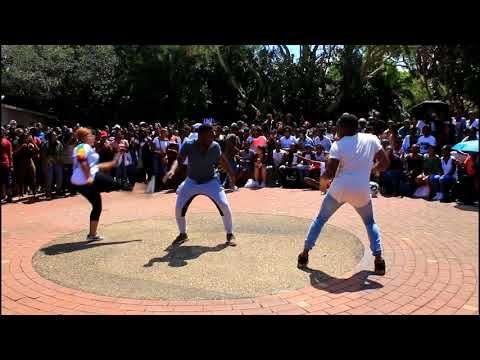 It contains
It contains
elements of hip-hop, break, rap, funk. Dance figures combine
complex hand translations and intricate body movements that fit into the
intense rhythm of the music. Broken movements, asymmetrical figures,
spectacular throws to the floor - the dance depends on the music and the choreographer's imagination.
Modern jazz dance offers unlimited possibilities,
demands creativity and individuality from the performers. Someone wants to
have fun, someone seeks to convey the mysterious, incomprehensible
life ups and downs, others are fascinated by pure movement, composition,
rhythm….
Head:
Vinogradova Irina Valerievna, teacher of additional education
in the direction of "Dance Sport", judge of the 1st category of the Moscow Dance Sport Federation
, master of international class in
Latin American program.
Over 20 years of coaching experience.
Appointment by phone:
+79191008900
8(495)527-73-19
Published
The Avangard dance ensemble was created in 2000 on the basis of House
culture "Sunrise".
The founder and leader of the team is Victoria
Anatolyevna Chalkina-Krupko.
In the first years of work, the variety-
choreographic direction was chosen as the main one. But over time, folk dance took a significant place in the
repertoire of the collective.
"Avangard" - a team of different ages. It brings together children and
teenagers from 4 to 18 years old, there are also older participants who do not want to part with their
favorite business and continue their choreography classes. At
Today, more than 100 people are involved in the team. Work
is being conducted with six age groups.
The band's diverse repertoire includes more than 60 numbers.
These are Russian dances, dances of the peoples of the world, story-play performances,
variety numbers, suites.
The ensemble actively participates in all city events.
In the nominations "Folk Dance" and "Variety Dance" represents
the city at regional reviews, All-Russian, international festivals -
competitions, with competitive programs, the team members visited
Kerch, St. Petersburg, Kazan, Kaliningrad.
Petersburg, Kazan, Kaliningrad.
In the curriculum:
parterre gymnastics
classical dance
folk dance
variety dance
children's game dance
stretching
Class schedule:
Studio "Fidgets" - preparatory group at the ensemble
"Avangard", 4-6 years old - Tuesday, Thursday 17.00-18.00
Studio "Solnyshko" - junior group at the ensemble "Avangard",
6-8 years old - Tuesday, Thursday 18.00-19.00
Studio "Avangard" - middle group at the ensemble "Avangard", 8-12 years old
- Tuesday 19.00-20.00, Friday 18.30-20.00, Sunday 11.00-12.00 Ensemble "
Avangard” main team, 13-18 years old – Tuesday, Thursday
19.00-21.00, Friday 20.00-21.00, Sunday 12.00-15.00, 18.00-20.00
Dance Theater "Traffic" - MAUDO Khabarovsk
| Municipal Autonomous Institution of Additional Education of Khabarovsk Children and Youth Center
Dance Theater "Traffic"Exemplary Dance Theater "Traffic" The team was founded in 2005. Artistic Director of the Exemplary Choreographic Ensemble "Rainbow" and the National Theater of Modern Dance "Traffic" - Duboenko Tatyana Nabievna. Teachers - Sakhno Natalya Anatolyevna, Erina Alexandra. |
